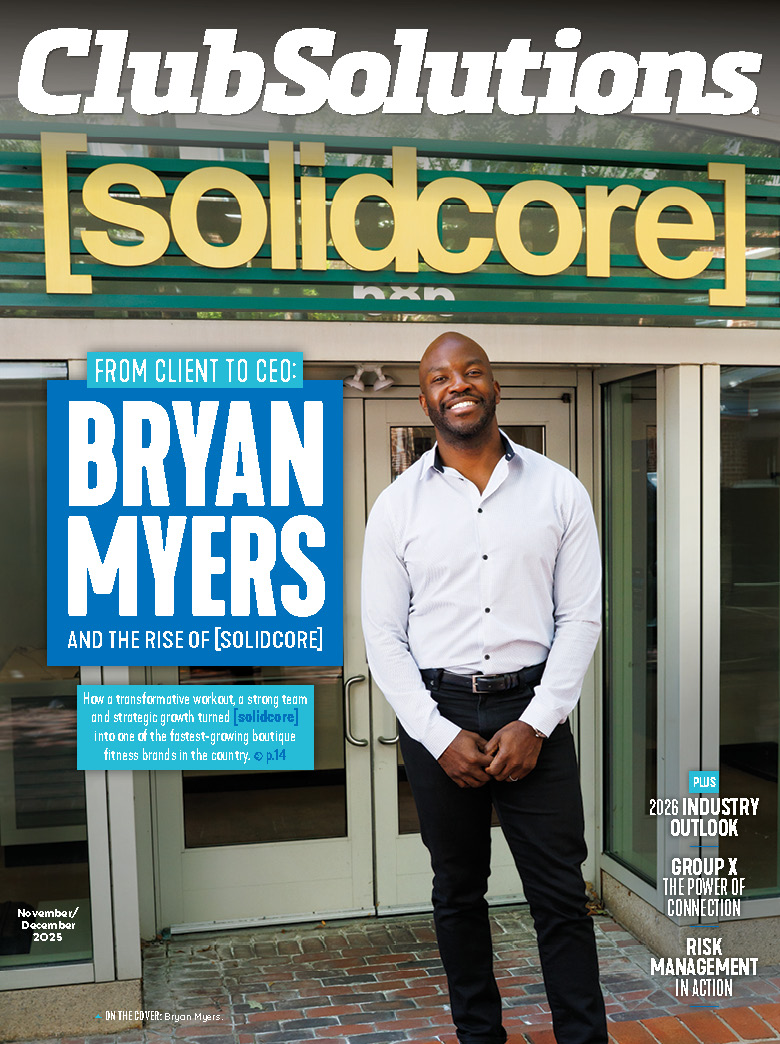Your main role as a supervisor is to coach. An excellent supervisor will serve as a major source of feedback for all employees. This can be accomplished in many ways, here are a few tips to help you get started.
Have Pre/Post-Shift Meetings
Before every shift, the supervisor conducts a 5-10 minute pre-shift meeting. In this meeting, daily goals are discussed, team performance is analyzed and questions are answered. Make sure this meeting pertains to all staff, floor staff, kid’s club, the front desk, etc. A great pre-shift meeting should be informative, educational and motivational. Repeat these same criteria for a five minute post-shift meeting as well.
MBWA — Manage By Walking Around
Popularized by Tom Peters, this is a concept you should believe in and use. A supervisor will work side by side with their employees. The supervisor is responsible for exceeding customer expectations, coaching, motivating all employees and is accountable for all facility operations.
Teaching and Quizzing
A great way to keep all staff members engaged in the job knowledge you require is to have informal and formal quizzes. These should be fun and rewarding. Create games throughout the shift to quiz your staff, and then set up teaching opportunities based on their scores. Formal quizzes on job knowledge can be done to help determine evaluations and promotions.
Coaching
Daily feedback will prove to be one of the most valuable tools in your employees personal and professional growth process. Supervisors and coworkers both should be involved in the feedback process. Coaching should be instant, not delayed. Coaching should be done based on your company’s core values and evaluation standards.
One-Minute Praising/Reprimands
Use the very simple ideas presented in the book The One Minute Manager, by Ken Blanchard and Spencer Johnson. The concepts are easy, and the message is clear. You can expect daily feedback on your performance.
These are steps for One-Minute Praising and Reprimands:
1. You will be praised or reprimanded immediately (as soon as you perform something right or wrong).
2. You will be told specifically what you did.
3. The person giving the feedback will explain how this behavior affects your coworkers and the whole organization.
4. The person giving the feedback will thank you for your efforts.
5. The person giving the feedback will seal the deal with a handshake, a touch or with appropriate body language.
6. In the case of a reprimand, please remember we are only identifying a behavior that needs to improve.
We all make mistakes and thus we all have an opportunity to learn from them. Never be afraid of making a mistake. As the saying goes, “It is better to have been reprimanded for something you did not have prior knowledge or experience to handle in the first place.”
A Culture of Feedback
Feedback should not be one sided. Feedback should be from employee to supervisor and other coworkers. As you work side by side with your employees, they will prove to be an invaluable source of information for you. To take advantage of this relationship, remember these steps:
1. Request input from others.
2. Be open and receptive to all feedback.
3. Lead and learn by example
Shawn Stewart is the Operations Manager at Gainesville Health and Fitness Center. Contact him at shawns@ghfc.com
Stay ahead in the fitness industry with exclusive updates!
Rachel Zabonick-Chonko is the editor-in-chief of Club Solutions Magazine. She can be reached at rachel@peakemedia.com.









